Marine Life & Conservation
How do you know a business is TRUE eco-tourism?
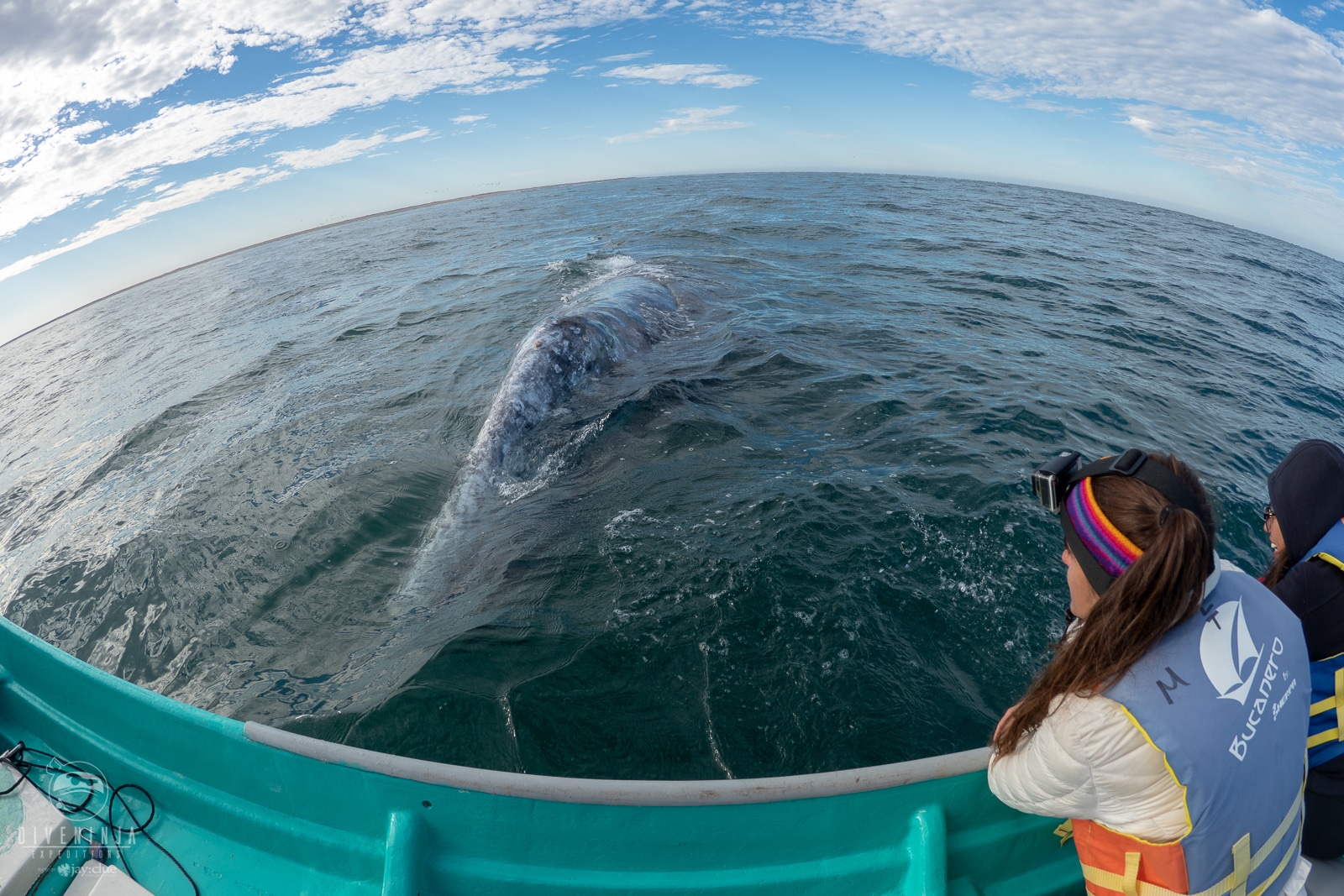
A guest article from marine biologist María Laura Marcías…
Given the current environmental problems we can all pretty much agree that we are facing a crisis. That is not something we want to think about when making plans for our next vacation. But you can help when planning your next holiday by considering choosing ecotourism activities. It is the best way to truly know a place. Exploring its natural and cultural resources, all while reducing your ecological footprint to a minimum in the process, or even better, having a positive impact.
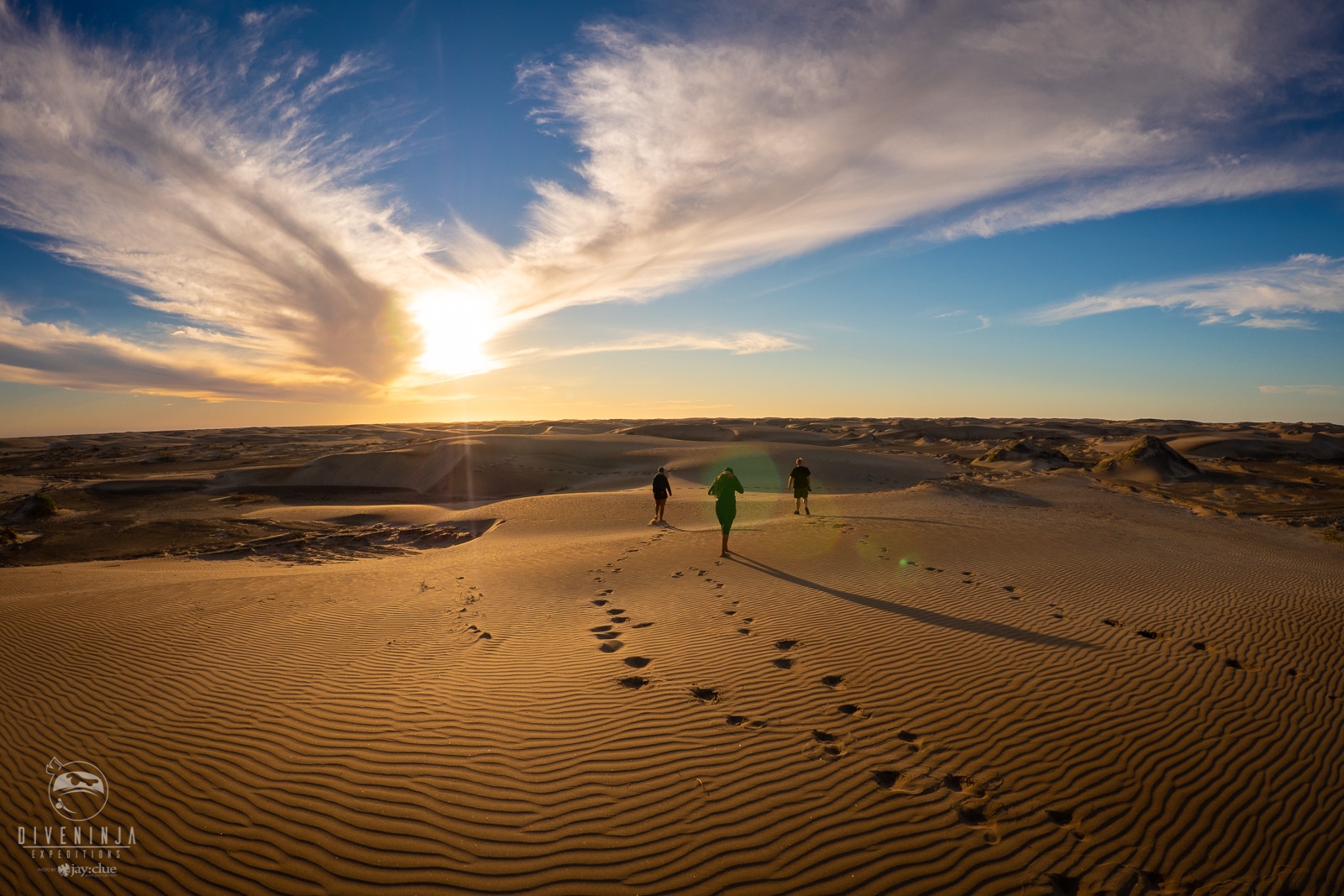
Baja California Sur (BCS) is a Mexican state with a strong touristic component from its foundation given that it has a beautiful and diverse natural and cultural heritage. With so many offers, sometimes it’s difficult to choose a good company for your trip. How do you know they behave well to the environment? In many countries there are eco-labels provided by international regulations or local nongovernmental organizations (NGOs), but this is rarely the case here. Moreover, there is an abuse of the word “eco” for marketing purposes.
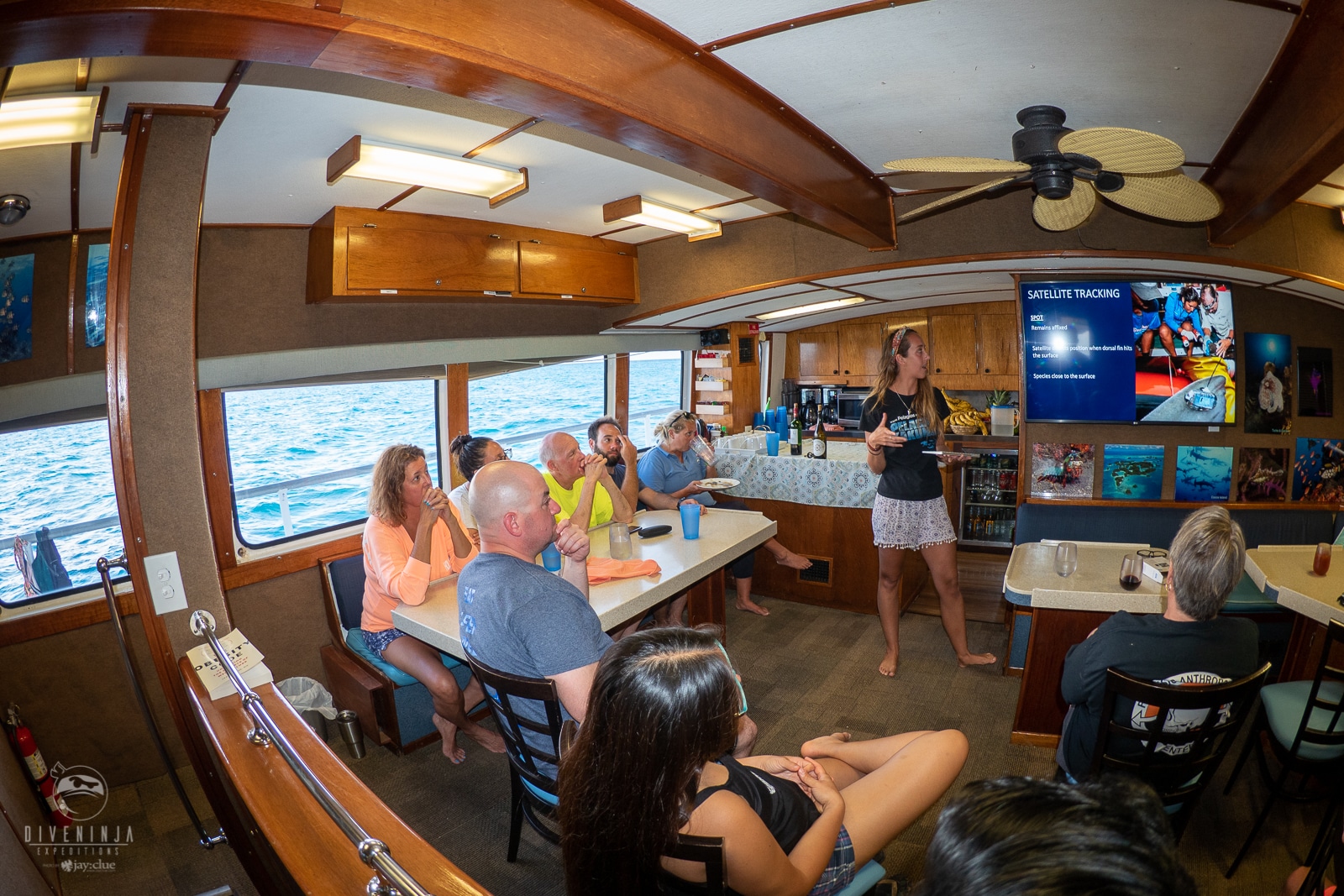
To begin, ecotourism activities must meet the following principles:
1. involve travel to natural destinations, 2. minimize negative impacts in both the environment and the local communities, 3. build environmental awareness, 4. provide direct benefits for conservation, 5. provide financial benefits and empowerment for local people, 6. respect local culture.

My name is Maru. I’m a biologist & science communicator from Argentina, who is currently working on a master’s degree in Marine Sciences with ecotourism in La Paz, BCS, Mexico. I’d like to share a few concepts and tips for you to help make your decision, based on my experience in numerous ecotourism areas:
- As mentioned before, ecotourism is any recreational activity that involves appreciation and knowledge of nature with an attitude and commitment to know, respect, enjoy and actively participate in conservation of natural and cultural resources. This works for the tourists as well as the service providers. Regarding the latter, you should ask your company of choice about local conservation programs and how can you get involved.
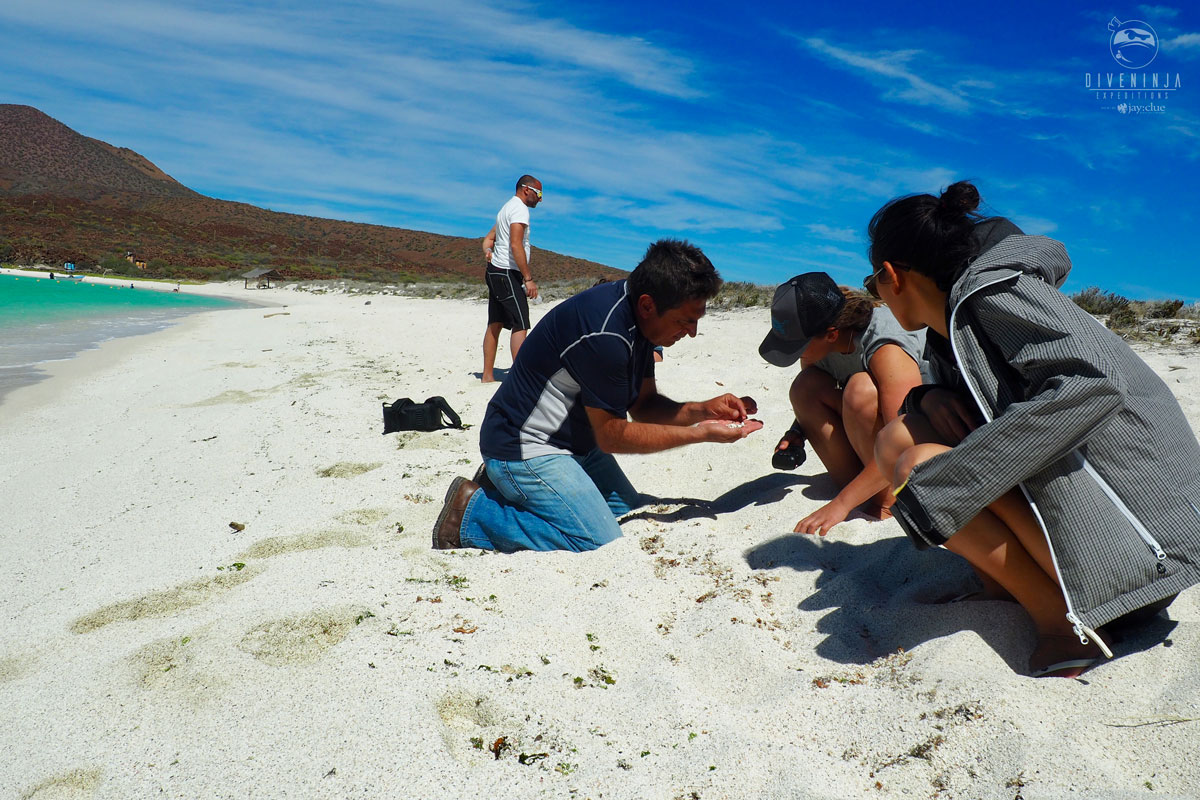
- The company should try to reduce its impact to the environment to a minimum. This involves noise disturbances, pollution, food wraps, local production of merchandising, avoiding single use plastics, and so forth. Their whole operation has to have sustainable standards.
- Of course, tour operators should approach wild animals following current regulations with extra care and with precautionary principles in mind when new situations arrive. In addition, wild animals are just that, wild. This means they will interact with us as long as they want to, so we should not interfere with their normal behavior… this includes feeding them to attract them! With enough patience and a bit of luck, sometimes you will see things you might not have even imagined, and it is always a privilege to interact with nature in its purest form.
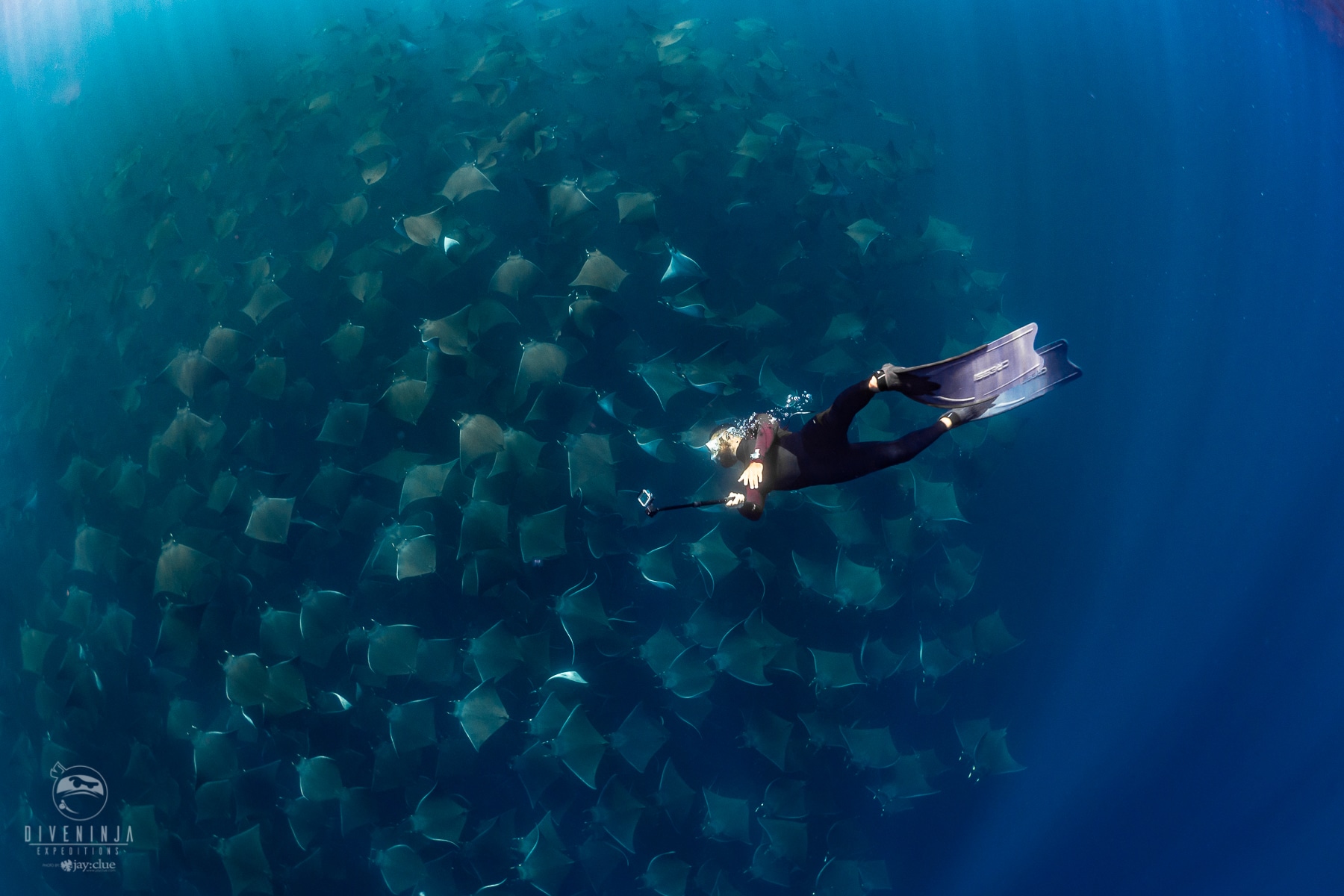
- In the best scenario, the company should have an interpretative educational program designed to increase people’s environmental awareness and pro-environmental behaviors towards the environment, not only in the place they visit, but also to take and implement back home. With social media these days, post-visit action resources can now be more easily implemented.
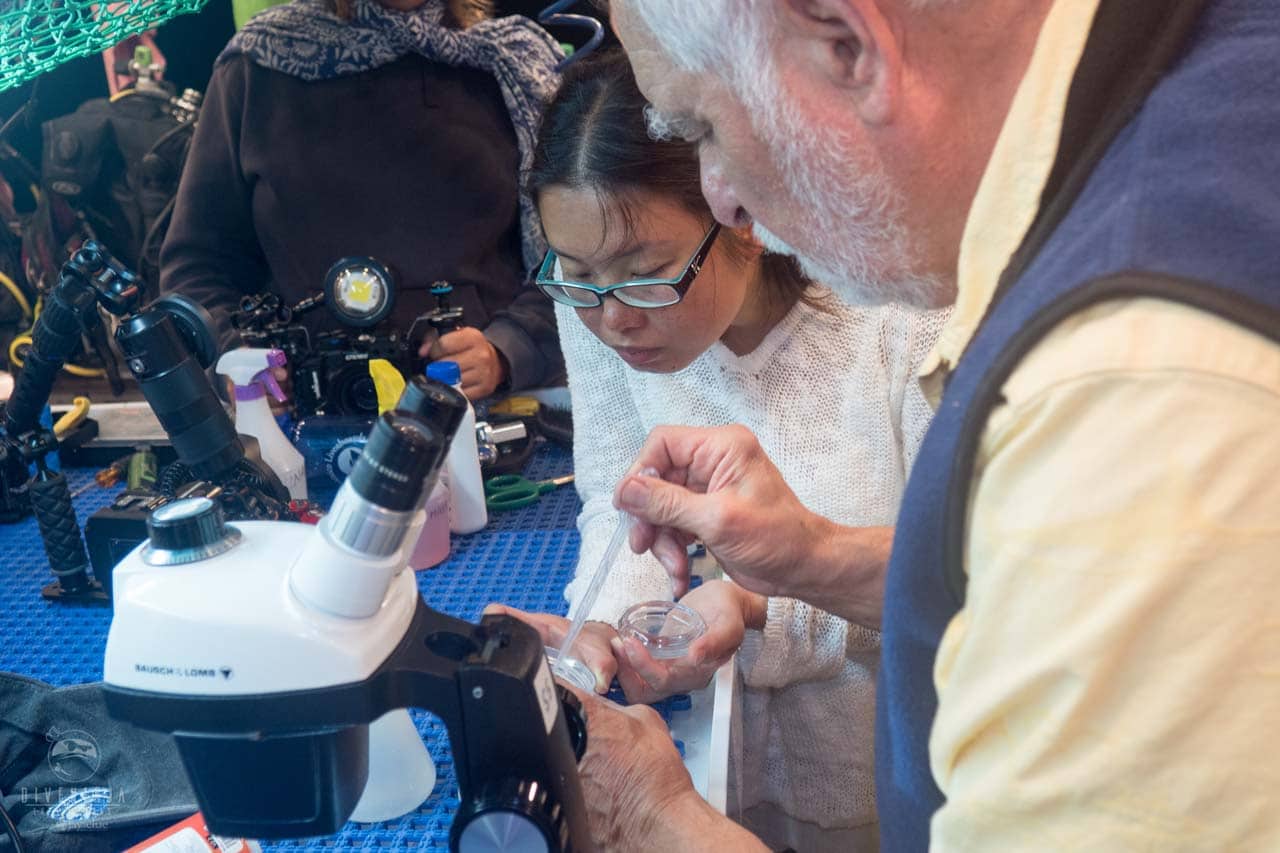
- When delivering the information, they should not “press the play button” and vomit it to you (sorry for the image) like a robot. They should take into account your personal experience, background and interests. They do not know more than you, they know different things. It’s this shared knowledge that enriches both sides of the communication process.
- Foreign companies have every right to work in the place, but must involve local people in some part of their operation. This could be done by buying local food for tourist’s meals, having local captains, or part of the tour guided by or with information provided by locals. This can certainly prove to be a plus for the tourist’s experience! Remember that ecotourism also involves cultural heritage.
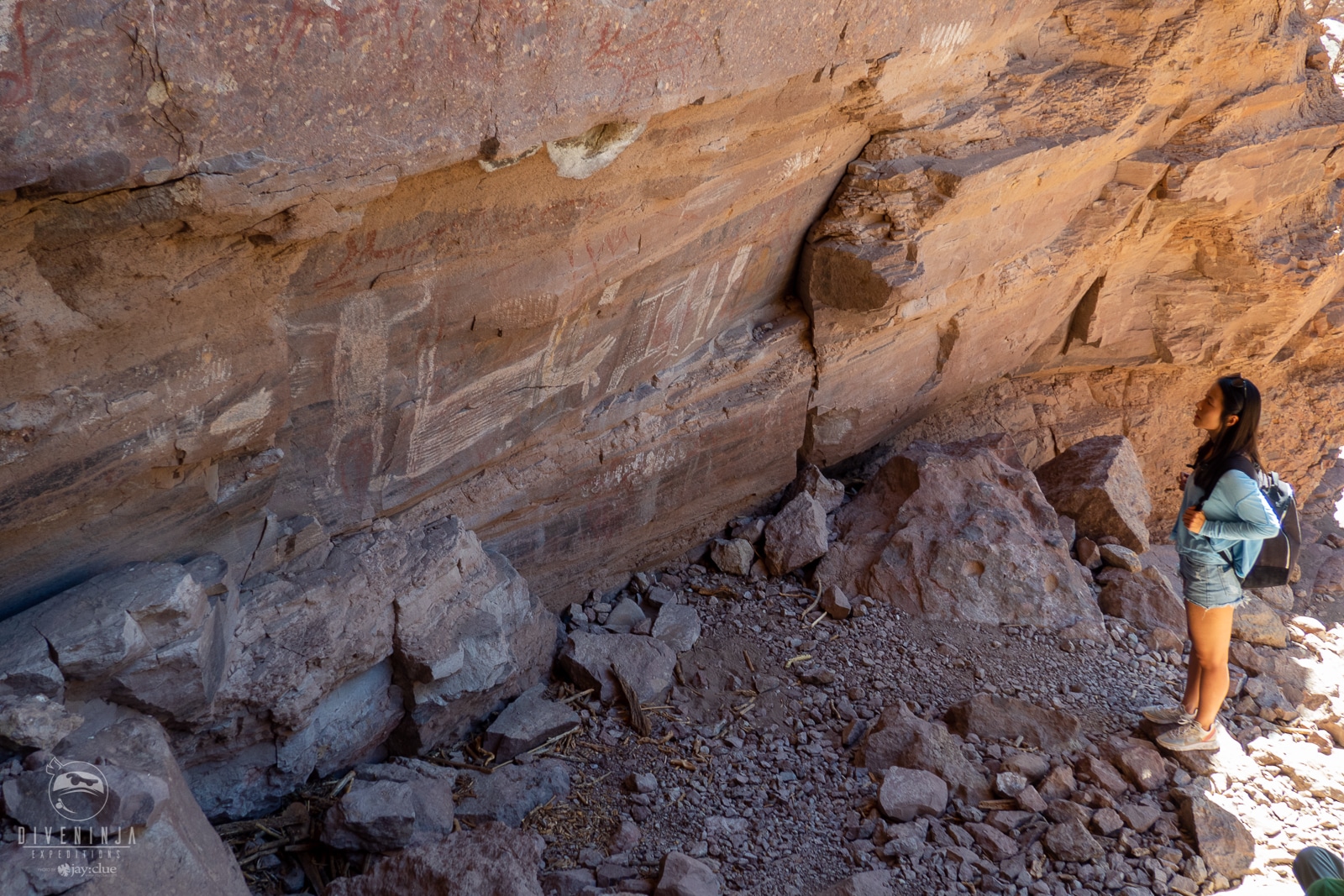
- Frequently we believe that having a biologist guide is the best option. Although sometimes this could be a plus, tourist guides with proper certifications, training and/or experience can be just as good or even better. Biology is a career where we are mostly trained to do research, and sometimes biologists don’t have the training, or even interest in science outreach or in guiding, so our degree is no warranty of quality interpretation. A well-trained tourist guide is someone that knows the proper sources of information and can deliver it to you in an accurate and serious, but fun way.
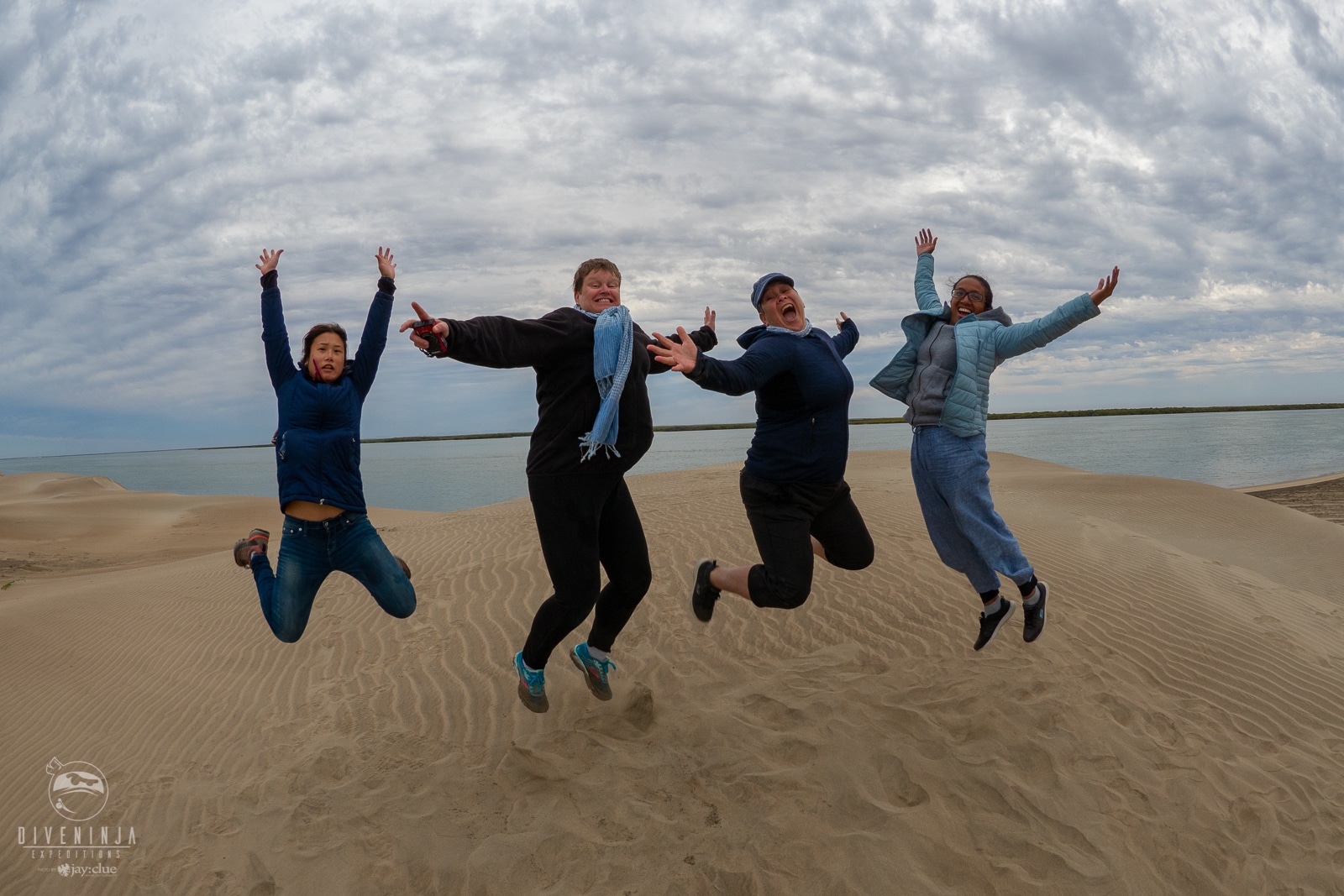
- Above all, passion is the key. Tourist guides should love and have passion for what they do. This is the best way to conserve, protect and transmit cultural and natural heritage to others.

While working on research this past winter I was able to meet and experience firsthand how some of the operators in Baja work. As an example of the above, one of the operators that welcomed me into their groups was Dive Ninja Expeditions in Cabo San Lucas. My experience with them showed they went above and beyond these requirements. They have well-experienced tour guides. They care about the local area and propose different solutions in trying to achieve zero waste policies and sustainable standards. They promote and help local businesses and people. They are involved in creating and actively participating in citizen science projects. And of course, they are very passionate and love what they do.
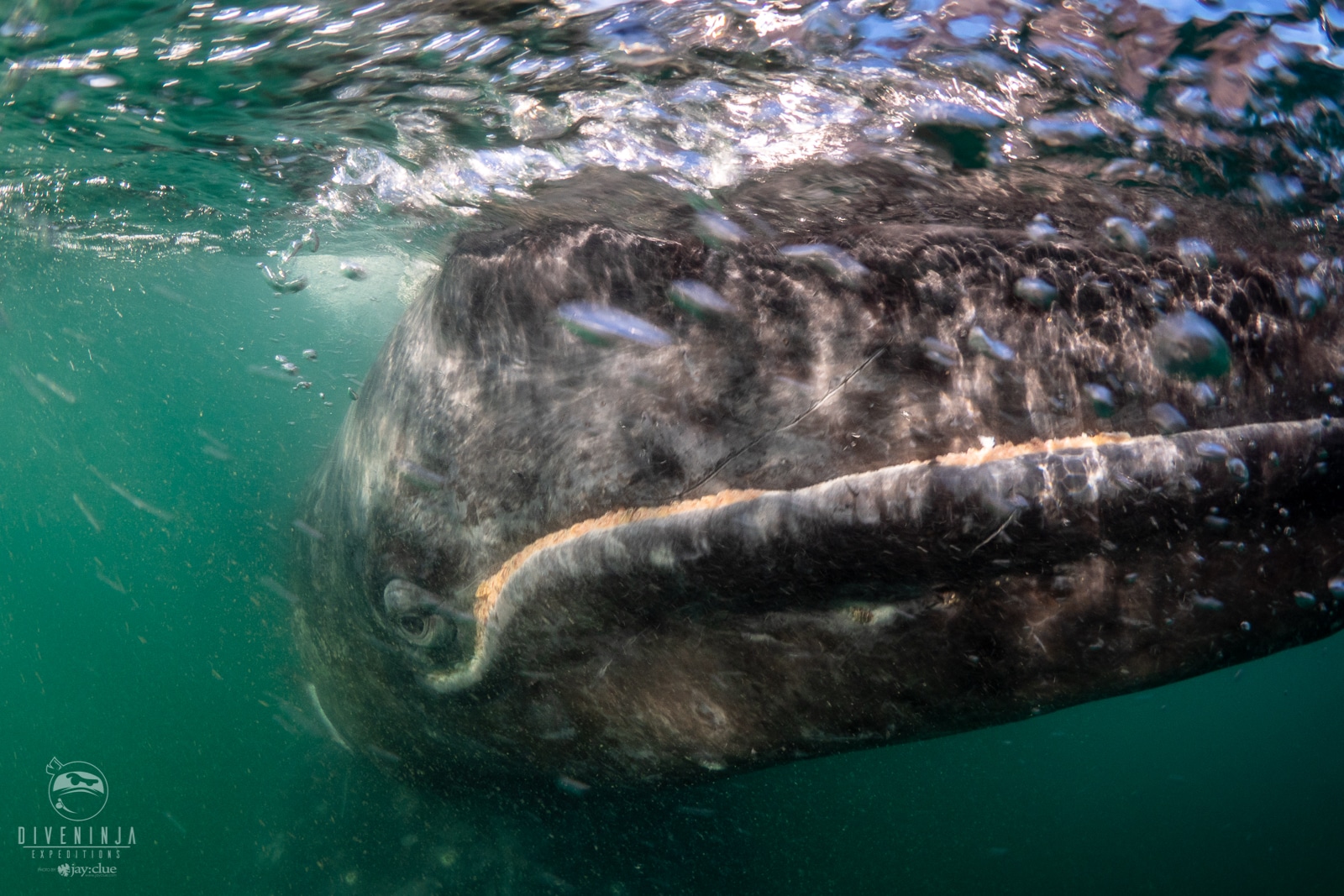
Ultimately what defines a true eco-tourism company is an organization that does not strive to be the best in the market, but instead they strive to be the best for the environment where they are. And so, I ask you, do you recall the last time you went on a trip with a true eco-tourism company?
Disclosure: Please bear in mind that this is my personal opinion and does not represent the institution I study in. If you have any doubts or comments, please feel free to contact me.
References
Ballantyne, R., & Packer, J. (2011). Using tourism free‐choice learning experiences to promote environmentally sustainable behaviour: the role of post‐visit ‘action resources’. Environmental Education Research, 17(2), 201-215.
Brochu, L., & Merriman, T. (2008). Personal interpretation: Connecting your audience to heritage resources.
Instituto Nacional de Ecología (INE), (1997). Programa de ecoturismo en áreas naturales de México. SEMARNAP-SECTUR.
SEMARNAT. (2019). Retrieved 7 September 2019, from http://aplicaciones.semarnat.gob.mx/estadisticas/compendio2010/10.100.13.5_8080/ibi_apps/WFServlet6b1e.html
Marine Life & Conservation
Shark Trust launches Oceanic 31 Shark Art Auction

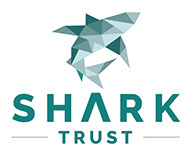 After a two-year tour of UK art galleries, community spaces and aquariums, the Shark Trust’s acclaimed Oceanic31 exhibition takes its final bow at the Royal Geographical Society later this month. And the unique collection of artwork, depicting 31 species of oceanic sharks and rays, donated by 31 artists, is now open for bids from art lovers and shark enthusiasts. The online auction, launched today, will close on the 7th December at 8pm (BST). The money raised will support the Shark Trust Oceanics Programme.
After a two-year tour of UK art galleries, community spaces and aquariums, the Shark Trust’s acclaimed Oceanic31 exhibition takes its final bow at the Royal Geographical Society later this month. And the unique collection of artwork, depicting 31 species of oceanic sharks and rays, donated by 31 artists, is now open for bids from art lovers and shark enthusiasts. The online auction, launched today, will close on the 7th December at 8pm (BST). The money raised will support the Shark Trust Oceanics Programme.
People can now bid on 27 of the artworks by visiting this website:
https://superstars-auctions.com/sharktrustauction
It is a chance to own a beautiful piece of original art and to support the Shark Trust. The timing of the auction also means that these would make a very special Christmas gift for any shark-lover.
- Bigeye Thresher Shark by Janina Rossiter
- Carcharodon carcharias by Jimmy Higgs
- Croc VR 2030 by Tom Mead
- Oceanic Whitetip by ATM
- Silky Street by ScapaJoe
The diversity of pieces mirrors that of the sharks and rays they represent. You can bid on paintings, digital creations, sculptures, mixed media and more. You can pick your favourite artist or species of shark. Or you can select the perfect artwork to make a statement in your home or office. Whichever you choose, you will be supporting the work to protect these amazing animals.
One of the pieces of art has been selected to be auctioned live by Steve Backshall at the For the Love of Sharks event at the Royal Geographical Society in London on the 29th November. In addition to this, two further pieces will be raffled at this event, giving people a chance to win an incredible piece of shark art. For the Love of Sharks is the Shark Trust’s flagship evening. A night to celebrate sharks. Steve Backshall is the headline speaker at this event that will see other prominent shark advocates join him on stage.
Tickets for the event can be snapped up here:
https://thesharktrust.org.uk/Event/flos24
Those that would like to see the Oceanic 31 exhibition have one final chance. It is being displayed at the Pavilion at the Royal Geographic Society from 26th November until the 7th December. Entry is free.
Find out more here:
https://www.rgs.org/events/upcoming-events/oceanic-31
Paul Cox, Shark Trust CEO, Said “This exhibition has given us the opportunity to reach out to a new audience. And inspire more people with the wonderful sharks and rays on which our Big Shark Pledge campaign is based. We are immensely grateful to the 31 artists who have worked so hard to create these works.”
Bid for your favourite Oceanic 31 artwork here:
https://superstars-auctions.com/sharktrustauction
Banner Image: Smooth Hammerhead by Alicia Hayden
Marine Life & Conservation
Meet Steve Backshall in the Bite-Back Prize Draw

Until 28 November, prizes worth a massive £10,000 – including experiences, products and tuition – feature in a line-up of items that can be won for £5 in an online prize draw to celebrate Bite-Back Shark & Marine Conservation’s 20th anniversary and help generate crucial funds for the future.
Top of the list of prizes is the chance to spend time with adventurer and wildlife expert Steve Backshall, a workout session with Nat Geo star Aldo Kane, a kayaking trip alongside white-water expert and diver Sal Montgomery and a Zoom call with ‘shark whisperer’ Cristina Zenato.
On top of that, some of the most admired companies in the diving and scuba industry have been quick to support the charity with fabulous prizes that make the £5 ticket price worth more than just a flutter.
Master Liveaboards, BSAC, Midlands Diving Chamber, Go Freediving and Blue Shark Snorkel have all generously donated experience prizes, while celebrated photographer Alex Mustard has donated a print and artists Scott Gleed and Olivier Leger have donated a sculpture and illustration to help boost the fundraising pot.
Fourth Element has donated Ocean Positive gear and LA watch company Nodus has gifted the charity a stunning dive watch. For land lovers, the charity has included a five star London hotel stay at Bankside Hotel plus a family visit to Longleat Safari Park in the roster of prizes.
Campaign director for Bite-Back, Graham Buckingham, said: “We’ve been overwhelmed with support from companies and individuals that we truly admire and who have supported us on our 20 year journey and we’re truly grateful to them all. While we feel incredibly proud of our achievements over the past two decades – and we are super excited about the next chapter – this prize draw isn’t a vanity project. It represents a real lifeline to our work and important advancements in the global protection of sharks. So we hope divers, dive clubs and even bargain hunters grab some tickets to make this a massive success.”
The charity hopes that the prize draw will generate crucial funds to launch a brand new, ground-breaking, campaign to enrol the public and increase support for the protection of sharks around the world.
To enter the competition visit www.bite-back.com/prizedraw. The prize winners will be announced on 1 December 2024.
-

 News1 month ago
News1 month agoIconic SS United States to become the World’s Largest Artificial Reef
-

 Blogs3 months ago
Blogs3 months agoNovoScuba’s Game-Changing Approach for Dive Store Owners: WE PAY YOU!
-

 News2 months ago
News2 months agoBook Review – 52 Assignments: Underwater Photography
-

 Gear News2 months ago
Gear News2 months agoDYNAMICNORD – New German diving brand enters the British market
-

 News2 months ago
News2 months agoExploring Cenote El Pit: A Diver’s Dream
-

 Gear News2 months ago
Gear News2 months agoTry BARE drysuits (and maybe even win one!) this Friday with Sea & Sea at North West Dive Fest
-

 News3 months ago
News3 months agoComing Soon – 52 Assignments
-

 Marine Life & Conservation2 months ago
Marine Life & Conservation2 months agoBook Review: Coral Triangle Cameos


















